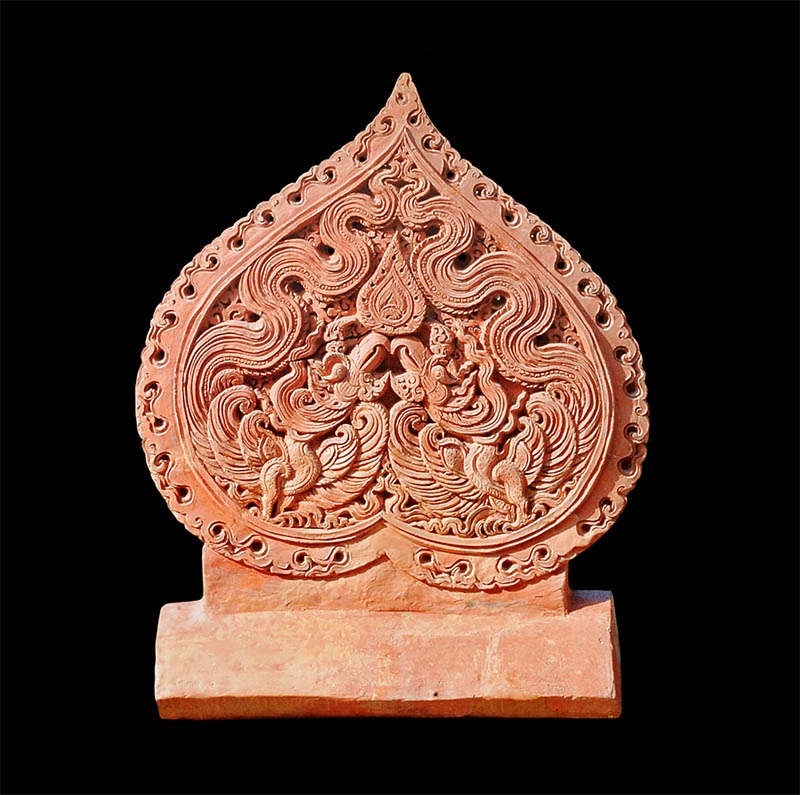 The phoenix leaf is made of terracotta, dating from the Ly Dynasty, 11th-12th century.
The phoenix leaf is made of terracotta, dating from the Ly Dynasty, 11th-12th century.
Harmonious and delicate work of art
The phoenix leaf of the Thang Long Imperial Citadel is an original artifact, found in Pit A20 of the archaeological site at 18 Hoang Dieu (Ba Dinh District, Hanoi) in a stable stratum, exposed along with many artifacts and traces of architectural foundations dating back to the Ly and Tran dynasties in the 11th-13th centuries. This artifact was brought into the Ly Dynasty space of the Thang Long - Hanoi Exhibition Hall, a thousand-year history from underground.
According to the historical documents of the artifact, the phoenix Bodhi leaf consists of two parts, the body and the pedestal. The body of the Bodhi leaf is shaped like the leaves of the Bodhi tree, a tree that is a symbol of Buddhism, with a pair of phoenixes decorated on both sides. The total height of the body of the leaf is 77cm; the widest point is 74cm; the thickness of the Bodhi leaf is uneven, the bottom, adjacent to the pedestal, is thicker, with an average thickness of about 8cm and gradually thinner upwards, with the thinnest position being about 5cm. The Bodhi leaf pedestal has a curved cross-section to match the ridge tiles of the roof, so researchers also believe that this is a type of ridge tile attached to the Bodhi leaf. The Bodhi leaf base is 65.5cm x 34cm wide; 13cm high; the curved inside is 8cm deep; and the average thickness is 8cm. When it was first discovered, the base was broken and lost some pieces, but has now been restored to its original state.
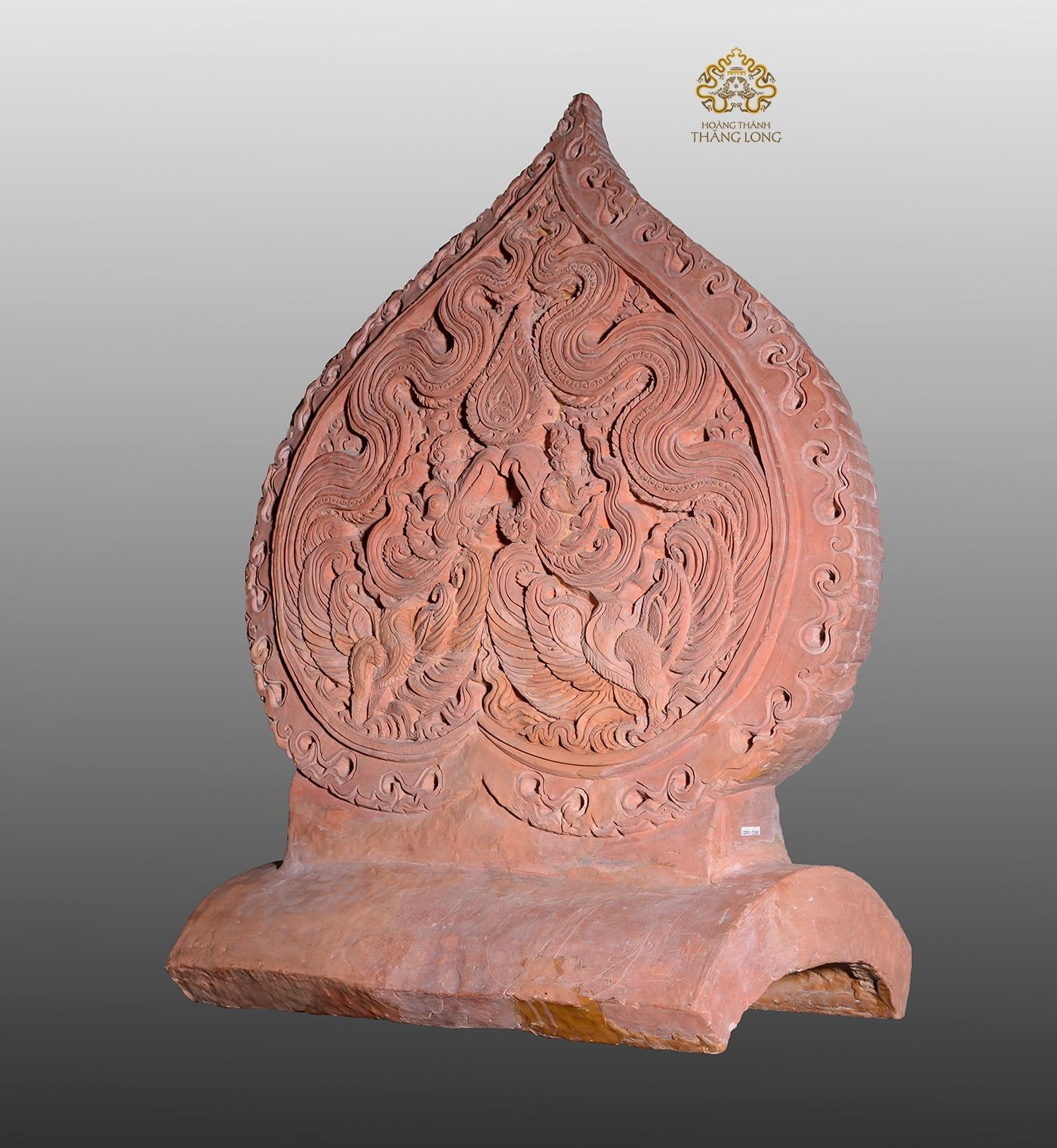 The phoenix leaf is an original artifact found at Pit A20 of the 18 Hoang Dieu Archaeological Site (Photo: HTTL)
The phoenix leaf is an original artifact found at Pit A20 of the 18 Hoang Dieu Archaeological Site (Photo: HTTL)
The national treasure, the phoenix leaf, is an artifact entirely handcrafted. This is a harmonious and exquisite work of art that demonstrates the meticulousness and talent of artisans of the Ly Dynasty.
The decorative patterns are also very sophisticated and perfect. The fringe of the Bodhi leaf is a fiery motif. The fiery motifs are created in many layers, the sparks pulling upwards to create a lively feeling. The thickness of the Bodhi leaf fringe is also created according to the rhythm of the fire, combined with the multi-layer deep carving technique to create a very lively geometric effect.
The center of the Bodhi leaf is decorated with a pair of phoenixes offering precious gems on a lotus and leaf background. The image of the pair of phoenixes is shown in a posture of bouncing and offering precious gems, heads held high, bodies soft and graceful. The technique of creating patterns, all parts and details are engraved by hand with realistic lines that are meticulous, clear, vivid and varied.
The four phoenix images on the leaves are similar to each other with a large beak and a large crest facing forward like the beak and crest of a peacock. The eyes and jaws are large and round like those of a pheasant, the two sides of the jaw have long manes that curve forward in rhythm with the crest and tail. The neck is high like the neck of a peacock, the wings are wide, the body is round, and the tail is long like the tail of a peacock. The long tail is described with many layers, winding in many bends and gathering at the top of the Bodhi leaf. The body has no scales but is characterized by very detailed layers of feathers.
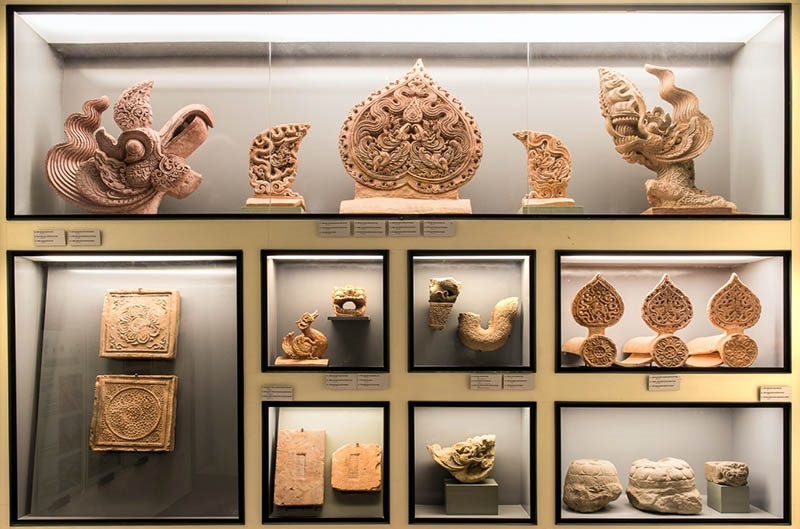 The phoenix leaf is currently on display at House N24 - Thang Long Imperial Citadel.
The phoenix leaf is currently on display at House N24 - Thang Long Imperial Citadel.
Meaning of the Bodhi leaf and phoenix symbols
Bodhi leaves are associated with Buddhism, so the artifact clearly shows the influence of Buddhist ideology in the decorative art designs of the Ly Dynasty. The Bodhi tree is considered a sacred tree by religions such as Brahmanism and Buddhism, and is a symbol of Buddhism.
The decorative design of a phoenix in a bodhi leaf is a harmonious combination of Buddhist symbols and philosophy with the symbol of royal authority.
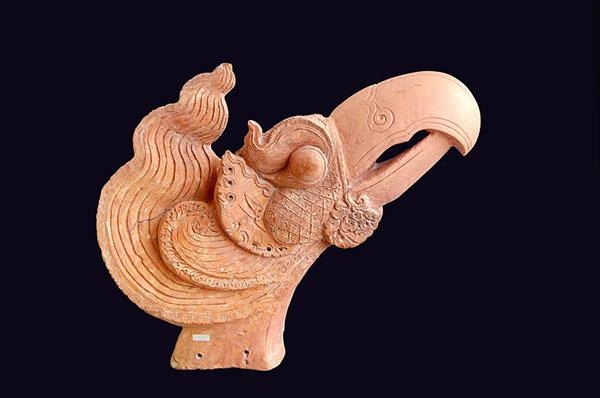 The phoenix head statue of the Ly Dynasty, one of the other unique artifacts of the Thang Long Imperial Citadel, this artifact was discovered during the excavation of the site at 18 Hoang Dieu (Hanoi).
The phoenix head statue of the Ly Dynasty, one of the other unique artifacts of the Thang Long Imperial Citadel, this artifact was discovered during the excavation of the site at 18 Hoang Dieu (Hanoi).
The phoenix, also known as Phoenix, is one of the mythical birds with high symbolic value, originating from China, spreading and influencing Vietnam, Japan, Korea... According to legend, this mythical bird symbolizes fire, the sun, justice, obedience, loyalty and the southern constellations. The phoenix is the king of birds. The beautiful, graceful and charming body of the phoenix is the crystallization of the beauty, softness, elegance and grace of all birds. The shape, color and song of the phoenix all symbolize good qualities and virtues. The appearance of the phoenix always signals good luck, marking the beginning of a new era of peace and prosperity.
According to researchers, the phoenix leaf could have been decorated in the center of the palace roof, due to its large size and symbolic meaning. This is a particularly important document for the study of art, architecture and ideology during the Ly Dynasty in particular and Dai Viet during the Ly-Tran Dynasty in general.
The phoenix leaf of Thang Long Imperial Citadel is one of the important evidences that helps researchers identify the architectural roof of the Ly Dynasty. This artifact is an important and valuable document for the study of architectural art and sculpture of the Ly Dynasty.
Source: https://baodantoc.vn/la-de-chim-phuong-bao-vat-quoc-gia-o-hoang-thanh-thang-long-1648627946425.htm


![[Photo] Nhan Dan Newspaper announces the project "Love Vietnam so much"](https://vstatic.vietnam.vn/vietnam/resource/IMAGE/2025/4/17/362f882012d3432783fc92fab1b3e980)
![[Photo] General Secretary To Lam receives French Ambassador to Vietnam Olivier Brochet](https://vstatic.vietnam.vn/vietnam/resource/IMAGE/2025/4/17/49224f0f12e84b66a73b17eb251f7278)

![[Photo] National Assembly Chairman Tran Thanh Man meets with outstanding workers in the oil and gas industry](https://vstatic.vietnam.vn/vietnam/resource/IMAGE/2025/4/17/1d0de4026b75434ab34279624db7ee4a)
![[Photo] Promoting friendship, solidarity and cooperation between the armies and people of the two countries](https://vstatic.vietnam.vn/vietnam/resource/IMAGE/2025/4/17/0c4d087864f14092aed77252590b6bae)
![[Photo] Closing of the 4th Summit of the Partnership for Green Growth and the Global Goals](https://vstatic.vietnam.vn/vietnam/resource/IMAGE/2025/4/17/c0a0df9852c84e58be0a8b939189c85a)
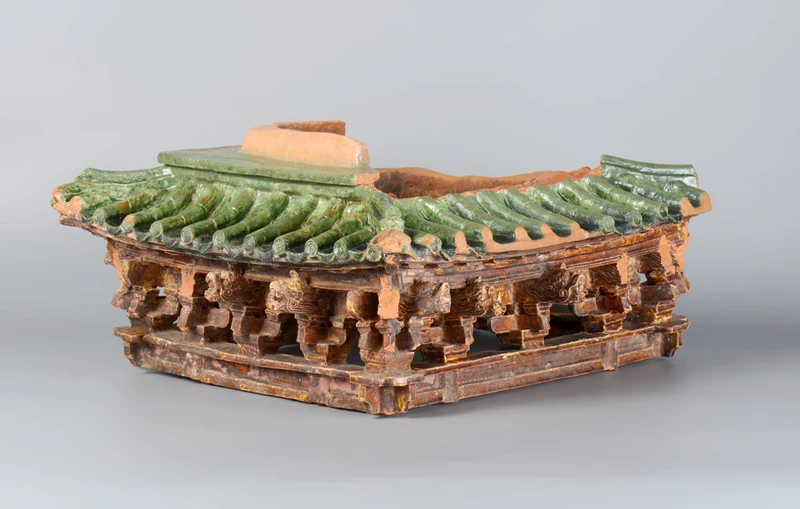

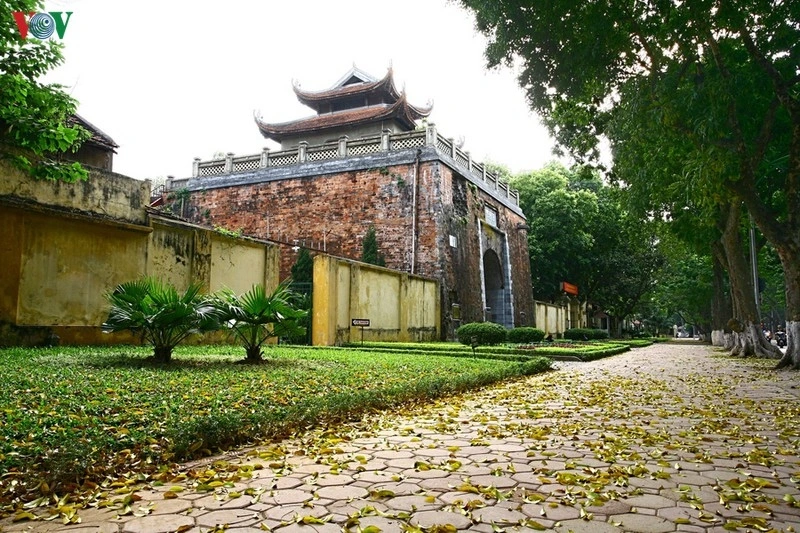

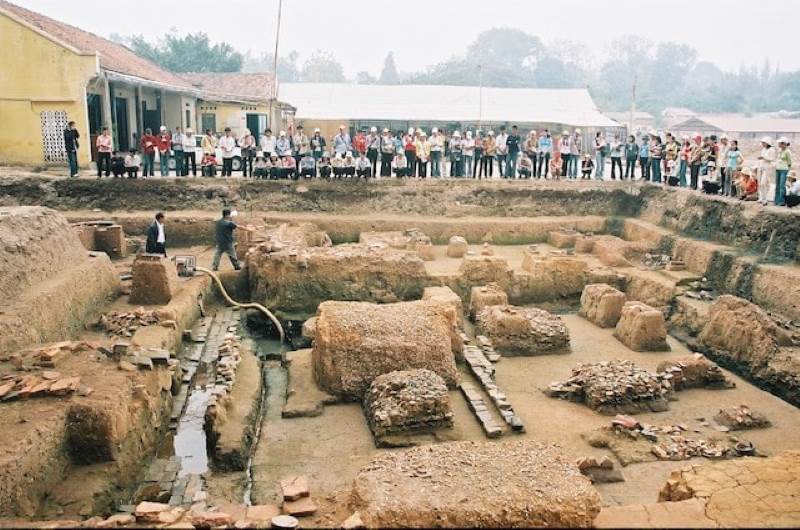
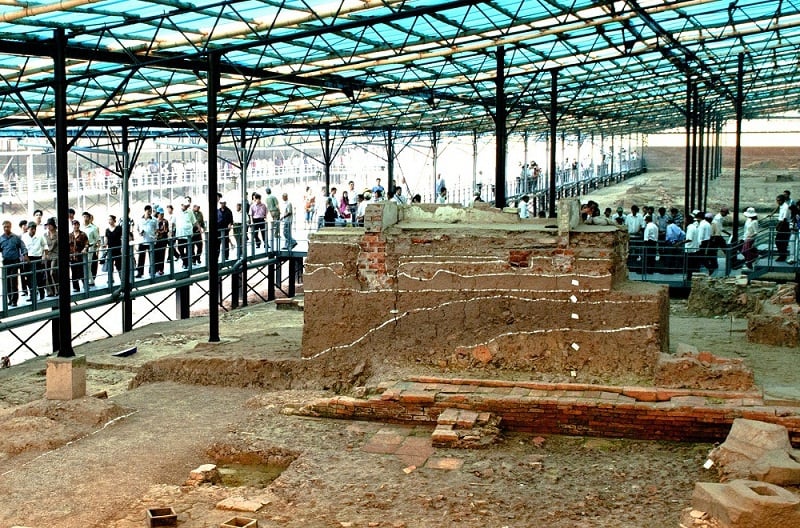

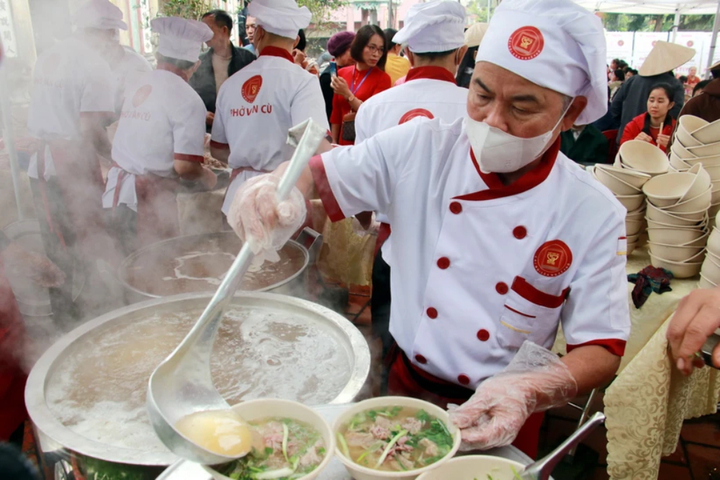

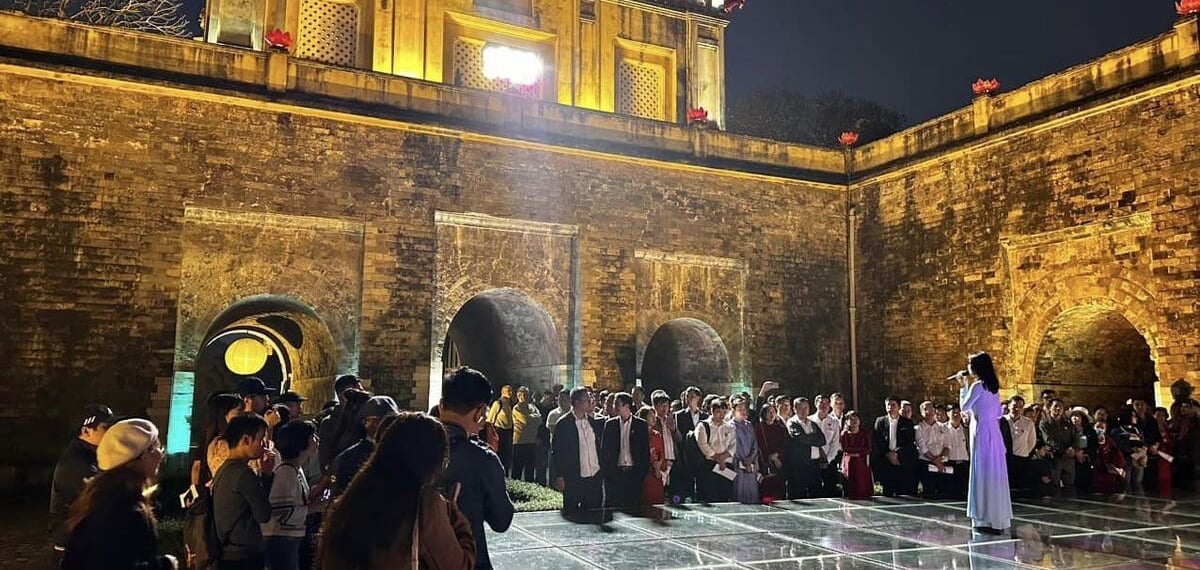
















![[Photo] Welcoming ceremony for Chinese Defense Minister and delegation for friendship exchange](https://vstatic.vietnam.vn/vietnam/resource/IMAGE/2025/4/17/fadd533046594e5cacbb28de4c4d5655)




















![[Video] Viettel officially puts into operation the largest submarine optical cable line in Vietnam](https://vstatic.vietnam.vn/vietnam/resource/IMAGE/2025/4/17/f19008c6010c4a538cc422cb791ca0a1)

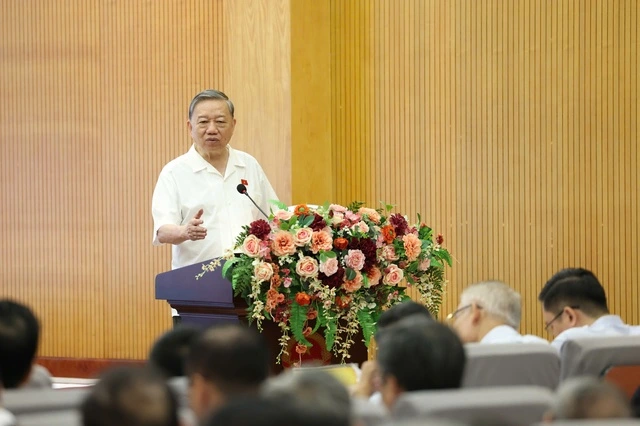



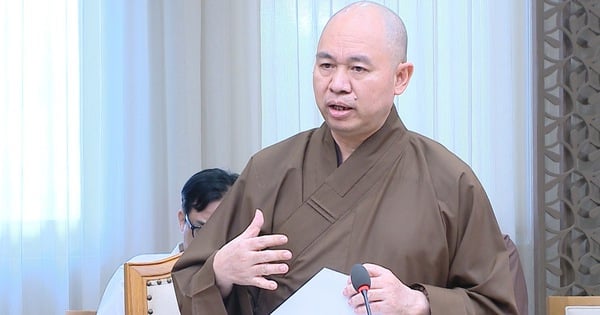



















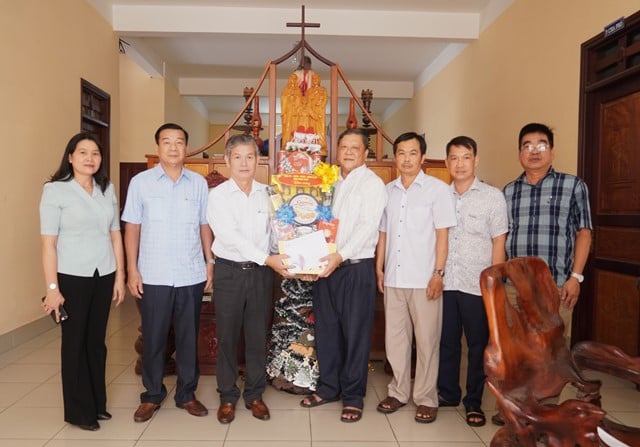




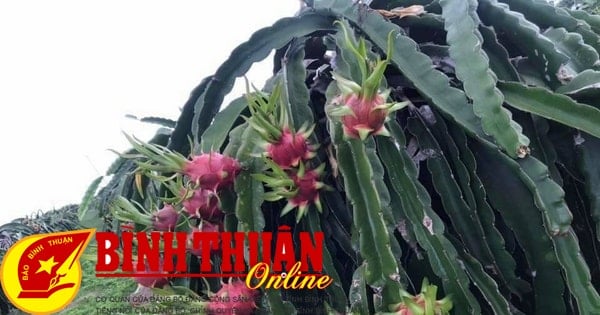

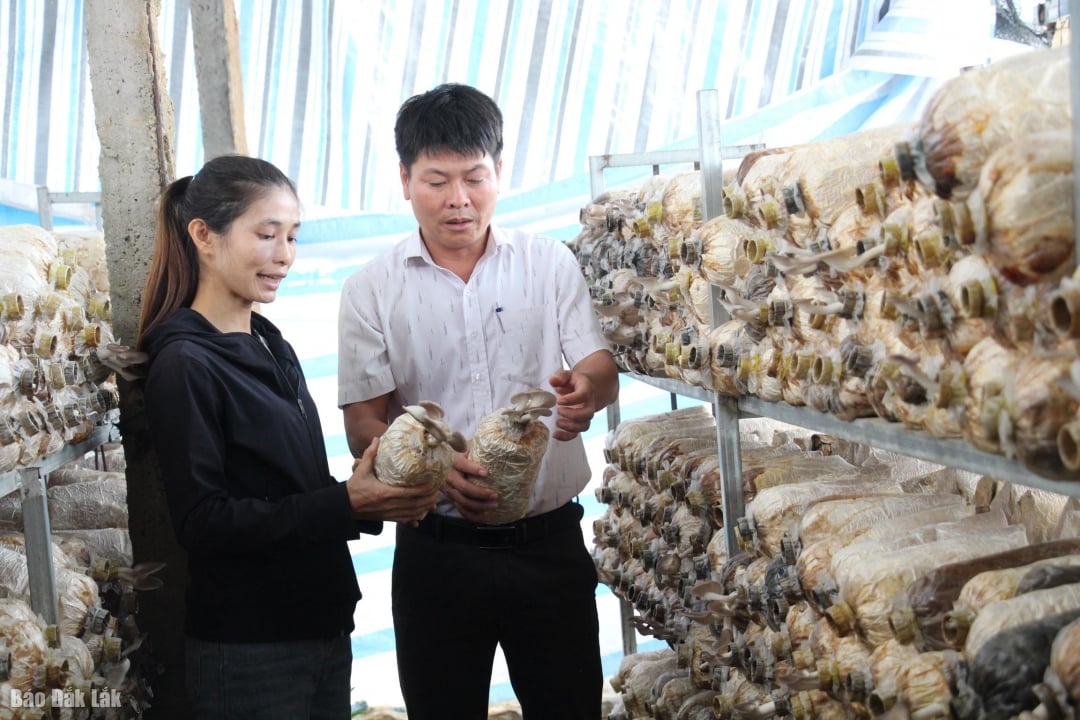





Comment (0)